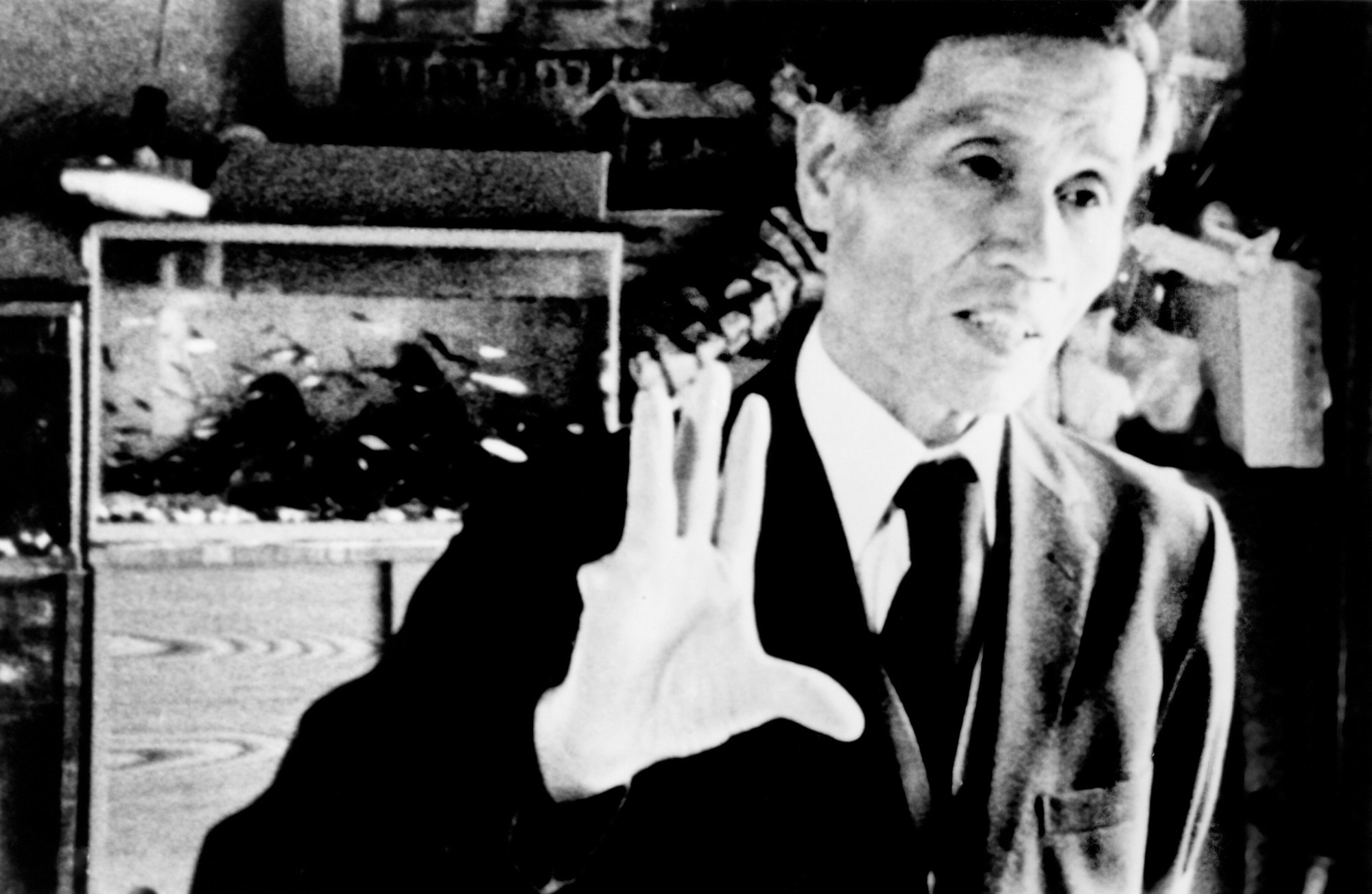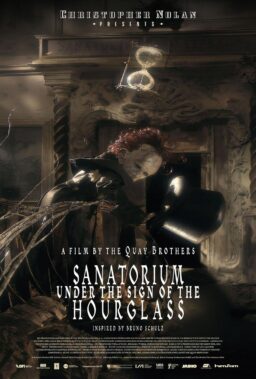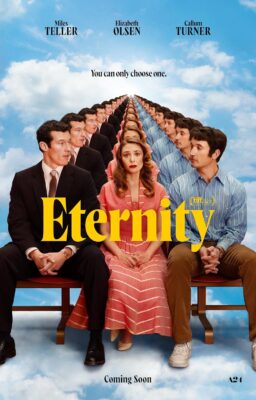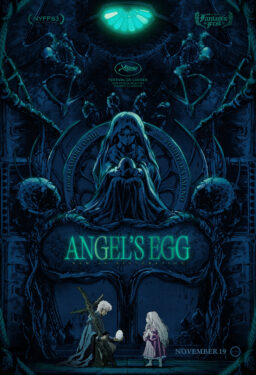It took Kazuo Hara five years to get “The Emperor’s Naked Army Marches On” made, and it took me even longer than that to finally see it. For the longest time, this masterpiece was only available to watch in extremely low-resolution video or by purchasing a pricy out of print DVD that would occasionally pop up on eBay. Thankfully, Second Run just released a restoration of the relatively obscure documentary; it is one of the most important Blu-ray releases of the year. I highly recommend snatching a copy before it goes out of print again.
“The Emperor’s Naked Army Marches On” paved the way for documentaries like Joshua Oppenheimer’s “The Act of Killing” and “The Look of Silence.” Like the aforementioned titles, the director uses the film camera as a weapon to obtain social justice. Everything unfolds live before your eyes; Hara uses the medium to put people on trial in front of the whole world. “The Emperor’s Naked Army Marches On” is fearless and fascinating cinema that forces you to think, and makes you ask questions about how we experience and record history.
In this documentation, the focus is mainly on Kenzo Okuzaki, a complex man who will do anything to get veterans to confess to the barbaric atrocities committed in New Guinea towards the end of World War II. In his relentless campaign for truth and reconciliation, he tries to disclose facts about the deaths of two soldiers who got executed three weeks after the war was over. If you still have not seen this film, I suggest you stop reading at this point and return after having done so, as I’ll discuss some major plot points.
Throughout the film, Okuzaki visits one war veteran after the other to question them about what went down in the jungle long ago. Whenever the conversation doesn’t seem to be going anywhere, Okuzaki resorts to violence. He punches, kicks, and wrestles old war vets to get to the bottom of things. And although the morally ambiguous tactics used in pursuit of truth and justice will surely make any viewer feel uncomfortable, once you grasp the gravity of the situation, you begin to understand that the unorthodox methods he uses stem from years of suffering.
At one point, he looks to the camera and tells viewers that he is doing this “for the sake of mankind,” so that people would stop regarding war as heroic, and see it for what it truly is. This may be the most confrontational documentary ever made; it also feels like the most urgent one. What makes this work so compelling is that it is both an exposé and a character study at the same time. I found myself constantly reassessing my opinion on the slightly unhinged activist.
In Okuzaki’s mind, his unpredictable bursts of aggression are nothing compared to the horrific acts of cannibalism that he witnessed in the Pacific. In fact, throughout the film, he makes a point of taking responsibility for his actions. In one scene, he calls the police and informs them that he has hit an old man, and then proceeds to wait for their arrival. Okuzaki is clearly trying to make a point; we should take responsibility for our actions and own up to them.
At first, the chief of staff of the Japanese Seventeenth Army stands his ground. He gets cornered, threatened and beaten up, but won’t budge. He even tells them to read his book, in which he wrote it all down. The book claims that when the food supply ran low, he and his men had to resort to eating grass. I was reminded of Napoleon’s famous words, “What is history, but a fable agreed upon.” We only tell the story we want to be out there, not the one that actually happened.
In this case, the concealed truth is that isolated Japanese soldiers found themselves reduced to cannibalism. First, they tried to feast on the natives. They called this flesh “black pig,” but the natives were too hard to catch, so they tried to catch easier prey. “White pig” referred to Australian soldiers. When things got really bad, they turned against each other and ate their own. I find it so disturbing that they actually classified different human flesh based on skin color, but when the situation got desperate, none of that mattered. They started picking people off based on personality.
Everything leads to one of the most gripping sequences in cinema, the final confrontation. Something very interesting happens towards the end of the interrogation, as Okuzaki changes tactics. Instead of attacking the accused, he begins opening up about his own crimes. He tells the person he is accusing of cannibalism that he too has killed but chose not to bottle it up. The director then captures a beautiful subtle moment. We see a close-up of the old man’s clenched fist loosening up. He is ready to confess.
As he started confessing, you can tell that part of his unwillingness to speak was because he didn’t want to face the consequences of his actions and another part is because he was trying to avoid reliving those deep traumatic days. The soldiers of the Japanese Seventh Army are not proud of what they have done, and they lived their days with buried shame. The truth is finally reached not through violence or guilt tripping, but a chance at redemption. When the old war veteran is told that he is the last living survivor and his account can save future generation from repeating the same mistakes, he tells it all. He does it for the sake of mankind.











